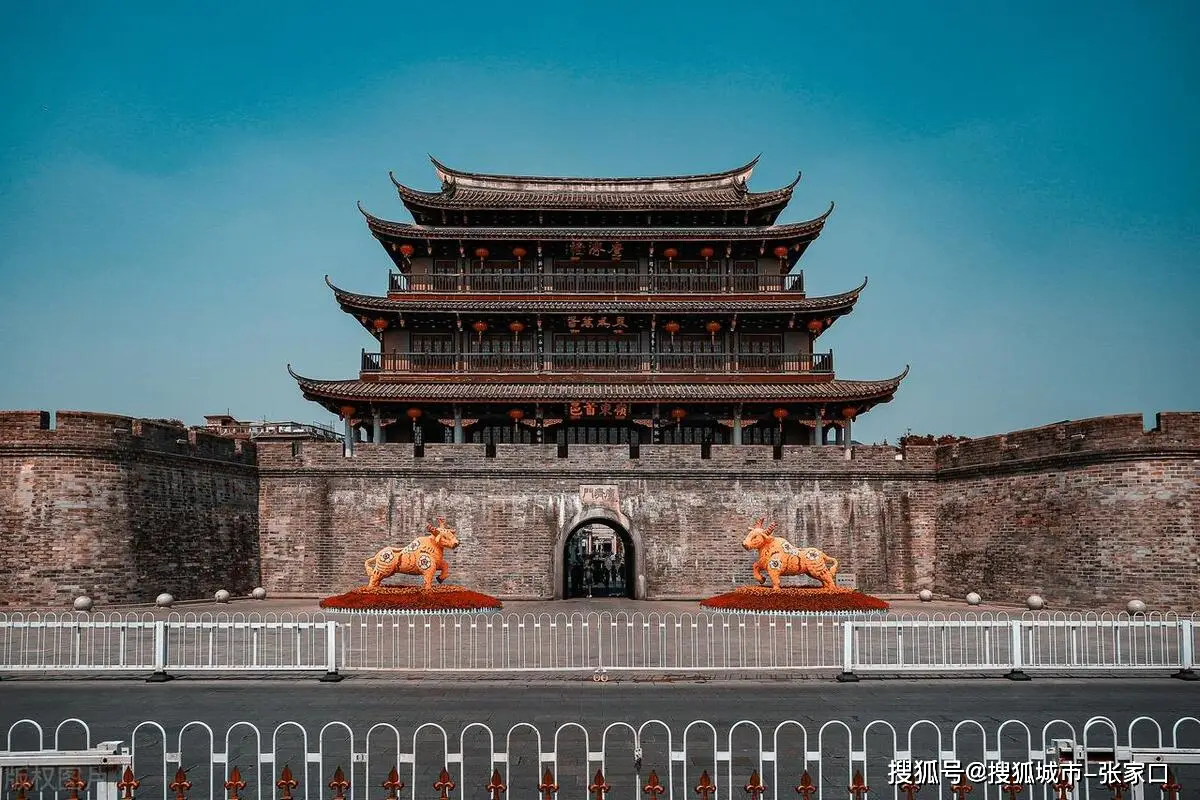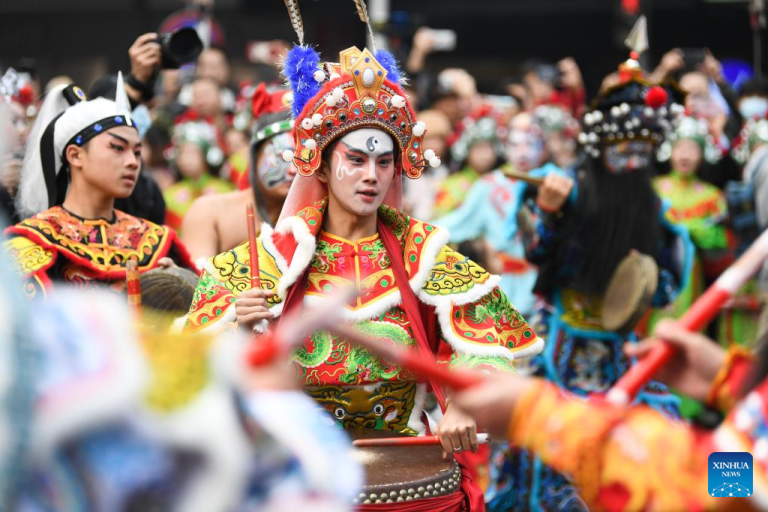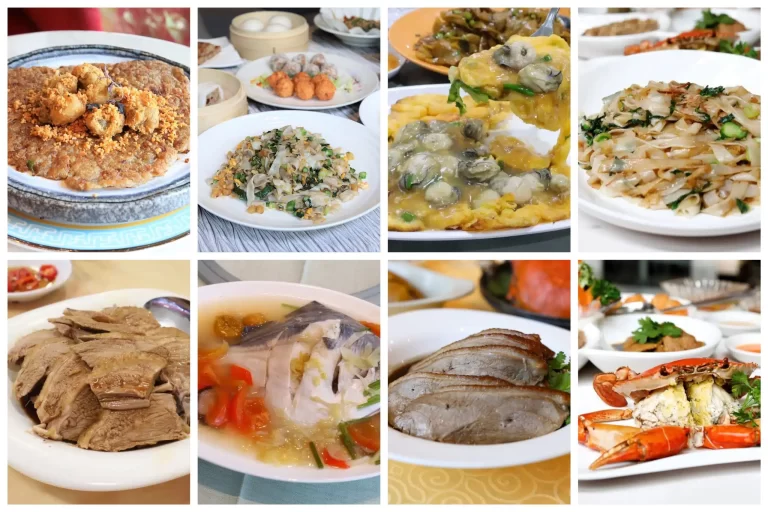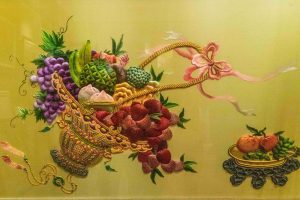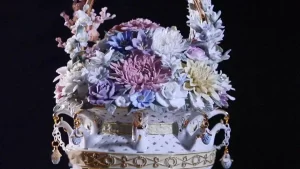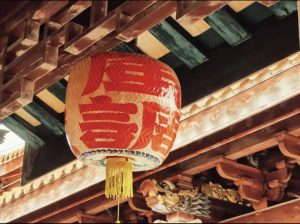1.Who Are the Teochew People? Their Global Influence and Legacy
Across Southeast Asia, a unique Chinese diaspora group has quietly shaped local economies and cultures for centuries. The Teochew people , originally from the Chaoshan region in Guangdong, China, have migrated across the region, settling in Thailand, Cambodia, Malaysia, Indonesia, and Singapore. Known for their entrepreneurial spirit and strong kinship, they are sometimes called the “Jews of the East” due to their deep-rooted business acumen and tightly connected communities.
Despite their widespread diaspora, the Teochew identity remains strong. Their distinctive language, cuisine, and traditions continue to influence the cities they call home, from Bangkok’s bustling markets to Singapore’s heritage districts. But what makes this 1,700-year-old culture so unique, and why does it still resonate globally today? Let’s explore the fascinating journey of them.
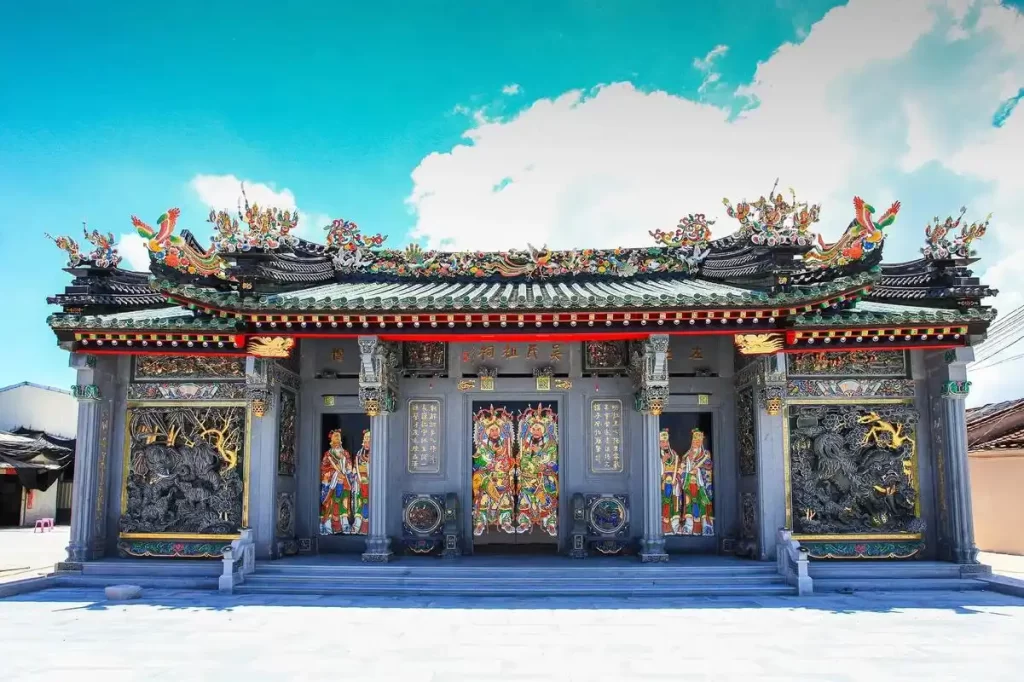
2.Teochew Origins: A Living Link to Ancient China
The Teochew people trace their roots to Henan and Shanxi in northern China. Around the 3rd century CE, they fled war and famine, migrating south to Chaoshan (modern-day Chaozhou and Shantou) in Guangdong. Surrounded by Fujian’s mountains and the South China Sea, this coastal region shaped their maritime-focused lifestyle, centered on fishing, salt production, and trade.
In the 19th and 20th centuries, war and poverty forced many Teochew people abroad. They became successful merchants, bankers, and fishermen. Today, Teochew communities thrive in Southeast Asia, especially in Bangkok, Ho Chi Minh City, and Jakarta, preserving their heritage while adapting to local cultures.

3.The Teochew Language: A Window into Ancient China
The Teochew dialect (潮州话) is a rare linguistic treasure, preserving sounds from Middle Chinese spoken during the Tang Dynasty (618–907 CE). As a Southern Min language, it shares 50% mutual intelligibility with Hokkien, yet its eight tones and archaic vocabulary make it uniquely distinct. When you hear it, you’re listening to echoes of ancient China, spoken for over a thousand years.
The historical development of this language can be summarised in the chart below
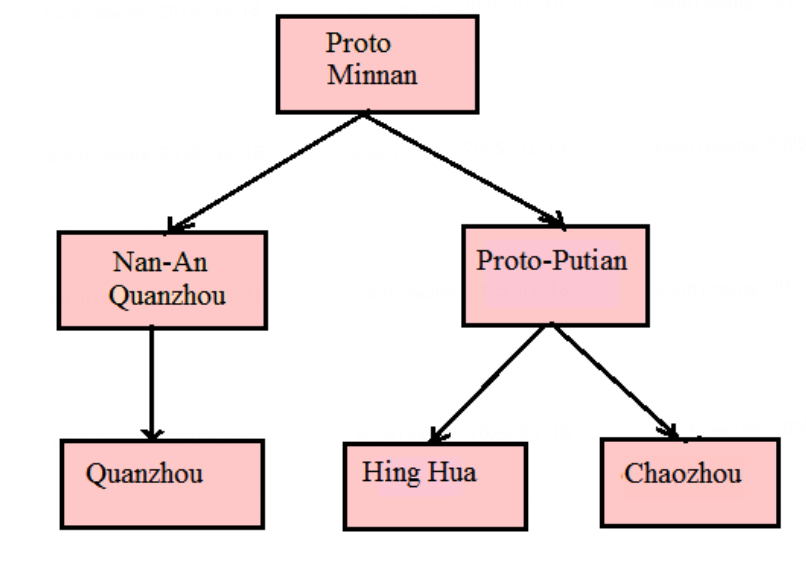
4.Teochew Food: Ancient Traditions, Global Flavors
Nestled within Cantonese cuisine, Teochew (or Chaoshan) food stands out as one of China’s oldest culinary traditions, celebrated for its delicate flavors and reverence for fresh, seasonal ingredients. With a history spanning over 1,000 years, Teochew dishes emphasize simplicity and natural taste. Classic dishes like beef hotpot—featuring tender, thinly sliced beef cuts dipped in herbal broth—and steamed pomfret (fresh fish lightly seasoned with soy sauce and ginger) showcase the region’s mastery of seafood and meat. Other staples include fish balls (springy, hand-pounded delicacies) and crispy oyster omelettes, beloved for their contrasting textures.
As Teochew communities migrated globally, these dishes evolved with local twists. In Southeast Asia, street food icons like Bak Kut Teh (herbal pork rib soup) and Char Kway Teow (stir-fried rice noodles with cockles) blend Teochew techniques with Thai and Malaysian spices. Hong Kong elevated classics into upscale fare, such as Braised Goose glazed in aromatic soy sauce and Yam Paste desserts. Meanwhile, Teochew immigrants in the U.S. reinvented comfort foods like Crystal Dumplings (translucent shrimp-filled wrappers) and preserved homestyle Congee (rice porridge with dried seafood).
5.Teochew Entrepreneurs: Building Global Empires with Tenacity
The Teochew community is renowned for its entrepreneurial spirit, captured in the adage: “Better to sleep on the floor than work for others.” This ethos has fueled generations of self-made billionaires who transformed humble beginnings into global empires.
Pioneers of Industry
- Li Ka-shing (李嘉诚), born in Chaozhou, fled to Hong Kong during WWII. Starting as a factory apprentice, he built Cheung Kong Industries into a multinational conglomerate spanning 50+ countries, with assets like Britain’s Thames Water and Canada’s Husky Energy.
- Dhanin Chearavanont (谢国民) turned a 1921 Thai feed mill into CP Group, a $70 billion agribusiness supplying 25% of the world’s poultry.
- Ma Huateng (马化腾), raised in a Hainan Teochew enclave, co-founded Tencent. His frugal roots—sharing a Shenzhen dorm—shaped innovations like WeChat and Honor of Kings, now staples for billions.
From Factories to Fortune 500
Teochew ingenuity spans sectors:
- Wang Laichun (王来春), once a Foxconn worker, now leads Luxshare Precision, Apple’s top supplier, revolutionizing smart manufacturing.
- Li Dongsheng (李东生) of TCL pioneered affordable smart TVs, making China a global player in consumer electronics.
- Chen Kaixuan (陈凯旋) built Liby Group into China’s detergent giant, while Chen Huwen (陈湖文) dominates Asia’s stationery market with Morning Glory.
Cultural Legacy Meets Cutting-Edge Innovation
Even niche markets reflect Teochew ambition:
- Cai Dongqing (蔡东青) transformed Alpha Group into a toy-and-animation empire (Super Wings, Armor Hero).
- Yang Zhilin (杨植麟), founder of Moonshot AI, challenges tech giants with language models rivaling OpenAI.
- Beyond China, Thai magnate Charoen Sirivadhanabhakdi (苏旭明) brews success with Singha Beer, while Chalerm Yoovidhya (许书恩) co-created Red Bull, energizing the world.
A Global Blueprint
From Kuala Lumpur’s jade trade to Cambodia’s casinos, Teochew resilience reshapes industries. Their legacy? Proof that resourcefulness—not resources—builds empires. Explore how a culture of grit turned fishball stalls into Fortune 500 boardrooms.
6.Teochew Culture: Tea Ceremonies, Opera, and Timeless Traditions
Teochew traditions reflect a deep connection to heritage and harmony. Two cultural treasures stand out:
- Gongfu Tea Ceremony – A ritualistic brewing method using a small clay teapot, miniature cups, and Phoenix Oolong tea. This practice symbolizes patience and balance.
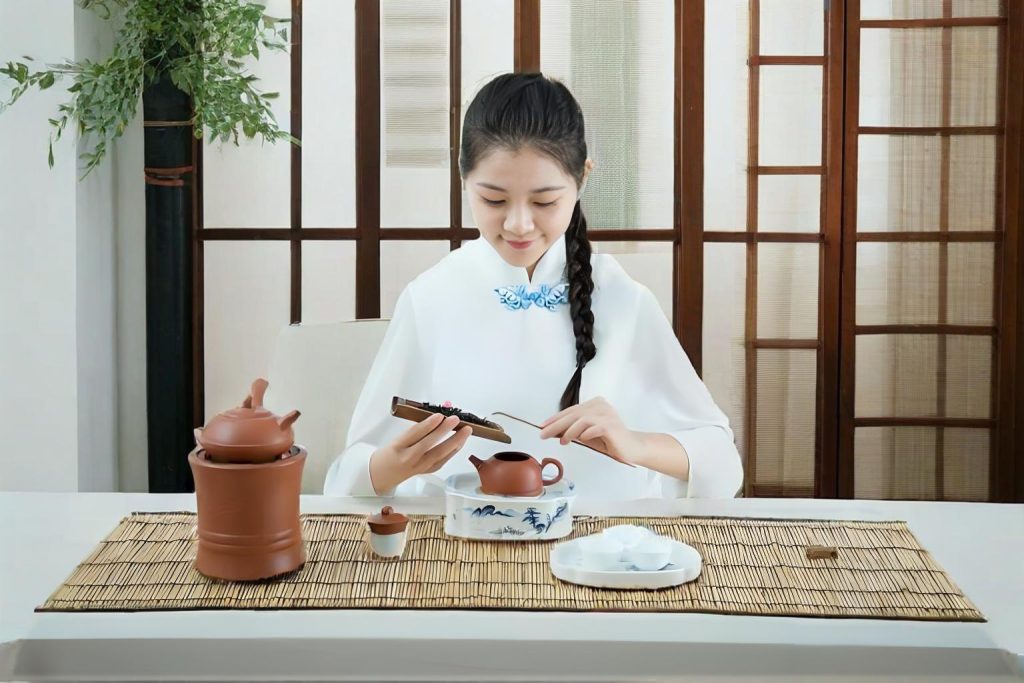
Related Reading: A Short Introduction to Gongfu Tea
- Teochew Opera – One of China’s oldest theatrical forms, featuring elaborate costumes, poetic lyrics, and distinctive finger gestures. Stories of love, loyalty, and legend come alive through melodic performances.
- Yingge Dance – A dynamic folk dance blending martial arts and storytelling. Dancers, dressed in bold costumes and painted masks, perform energetic routines to the beat of drums and cymbals, embodying Teochew’s vibrant spirit.
Related Reading: Yingge Dance: The 500-Year-Old Chinese Warrior Dance Captivating the World
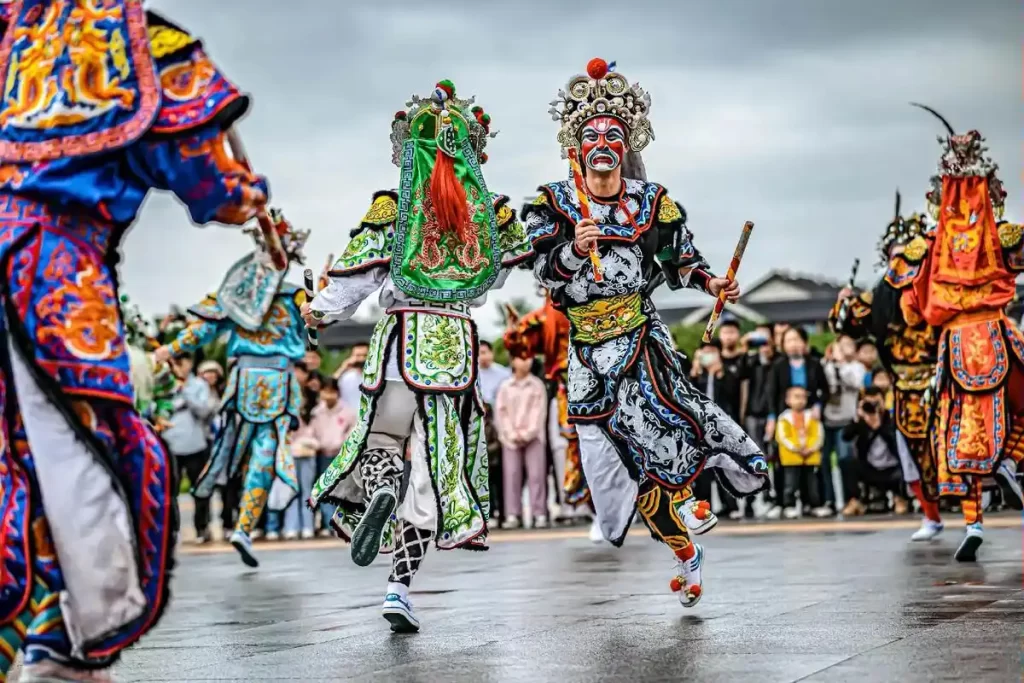
Even in the digital age, these traditions thrive. YouTube channels preserve opera classics, and TikTok tutorials teach younger generations the art of tea making, ensuring the chaoshan heritage continues.
Despite globalization, Teochew culture remains vibrant. From thriving business networks to cherished traditions like opera and tea ceremonies, the Teochew people continue to shape economies and communities worldwide.
